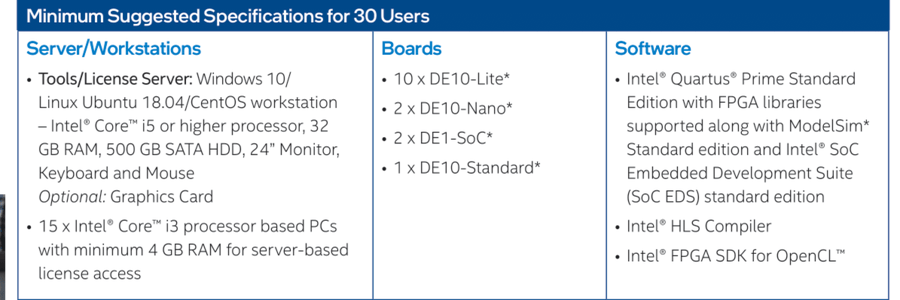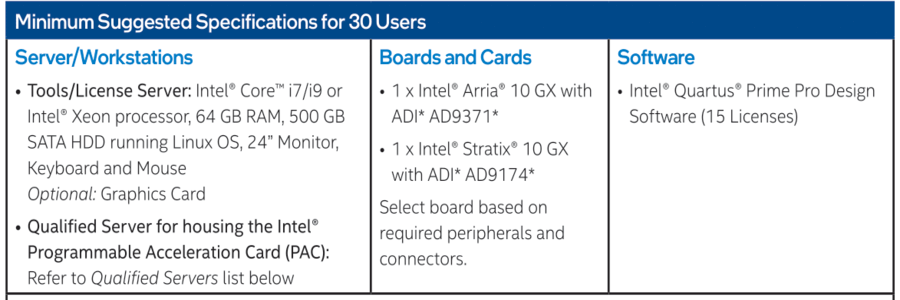Today, there is a wide, and growing, skill gap between technical graduates and IT industry expectations. To propel India’s digital economy transformation, it is imperative that the higher education system in the country bridges this gap by developing new curricula and offering courses in emerging technologies. The National Education Policy 2020 1 recognises this, and stresses the need for greater industry-academic linkages, and for higher education institutions to
focus on research and innovation. With the Intel® Unnati Program, you can keep pace with fast changing industry needs and expectations. It will help you
Equip your students with industry relevant data-centric skills :
in this age of data explosion, there is immense opportunity. Give your students the edge by equipping them with data-centric skills that will help them glean better insights and develop high-value solutions.
Unleash your students’ creative potential :
We, in India, have an incredible opportunity to unleash the creative potential of the largest student population in the world by training them in the right skills to drive India’s digital transformation.
Build a strong reputation :
With an Intel co-branded lab, you can be recognised as an institute that is committed to train your students in the latest technology to prepare them for industry, and focus on faculty development.
Build capability for the long term
Establish your leadership and maintain it with the help of our System Integrator partners, who will get you Intel’s recommend- ations for end-to-end Technology Labs set up, course content, and the training to go with it.
Leverage our System Integrator Partner Network :
Be it training, customisations of your lab set up, or maintenance and support requests, you can rely on our strong System Integrator Partner Network for all your needs.
Student or researcher – we’ve got them covered!
Showcase new skills A student or researcher can gain knowledge on creating complex FPGA designs as a hardware engineer, writing software for an embedded processor, modeling and implementing deep learning algorithms, and managing large amounts of data for high-speed communication.
Coursework that builds FPGA expertise:
Quickly build practical expertise with hands on labs using our FPGA courses focused on Digital Design, Computer Organisation, Embedded Systems, AI and FPGA Acceleration, High Speed Communication and Data Acquisition.
Remote access:
Remote access infrastructure available for FPGA boards with documentation for easy setup
FPGA acceleration from edge to cloud:
Students learn how to combine Intel FPGA hardware and software to efficiently accelerate workloads for processor intensive tasks.
Showcase New Skills:
Students are awarded an Intel co-branded certificate at the completion of their course.
Industry leading design software:
With industry leading Intel® Quartus® Prime Design Software and Intel® oneAPI Toolkits, get optimised performance from your Intel hardware.
Custom lab deployments:
Our System Integrator partners will assist you for customisations to your lab setup and training content to suit your needs.

FPGAs: Innovation for the Data Era:
Field Programmable Gate Arrays (FPGAs) provide benefits to designers of many types of electronic equipment, ranging from smart energy grids, aircraft navigation, automotive driver’s assist-ance, medical ultrasounds, data centre search engines just to name a few.
Benefits of FPGAs:
Flexibility:
FPGA functionality can change upon every power-up of the device. When a design engineer wants to make a change, he or she can simply download a new configuration file into the device and try out the change. increasing reliability by reducing the number of device failures.
Acceleration:
Get products to market quicker and/or increase your system performance. FPGAs provide off-load and acceleration functions to CPUs, effectively speeding up the entire system performance.
Integration:
Today’s FPGAs include on-die processors, transceiver I/Os at 112 Gbps (or faster), RAM blocks, DSP engines, and more. More functions within the FPGA mean fewer devices on the circuit board, increasing reliability by reducing the number of device failures.
Total Cost of Ownership (TCO):
While ASICs may cost less per unit than an equivalent FPGA, building them requires a non-recurring expense (NRE), expensive software tools, specialised design teams, and long manufacturing cycles. Intel FPGAs support long lifecycles (15 years or more), avoiding the cost of redesigning and requalifying OEM production equipment if one of the electronic devices on-board goes end of life (EOL).




